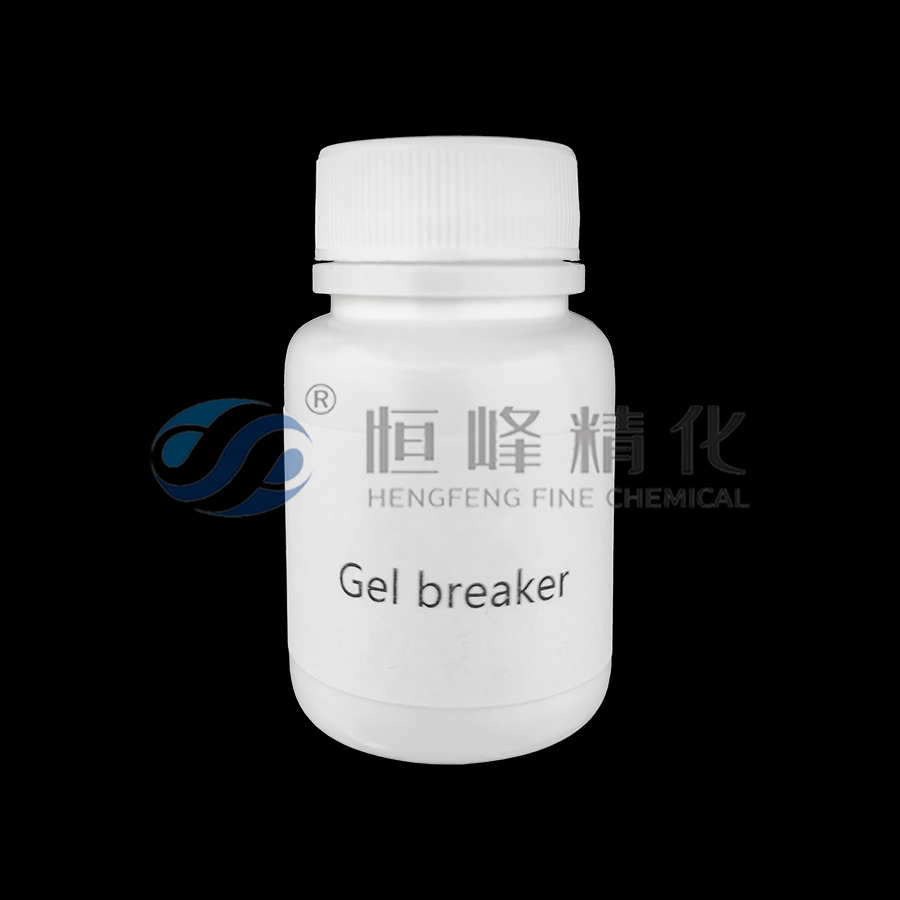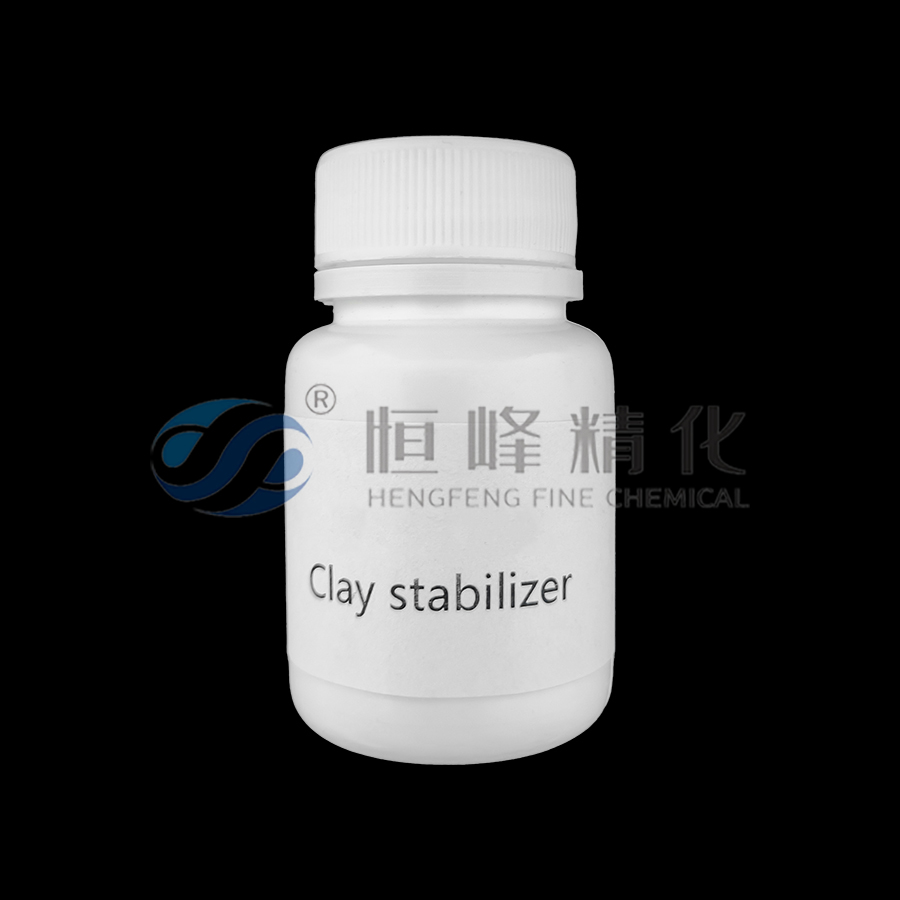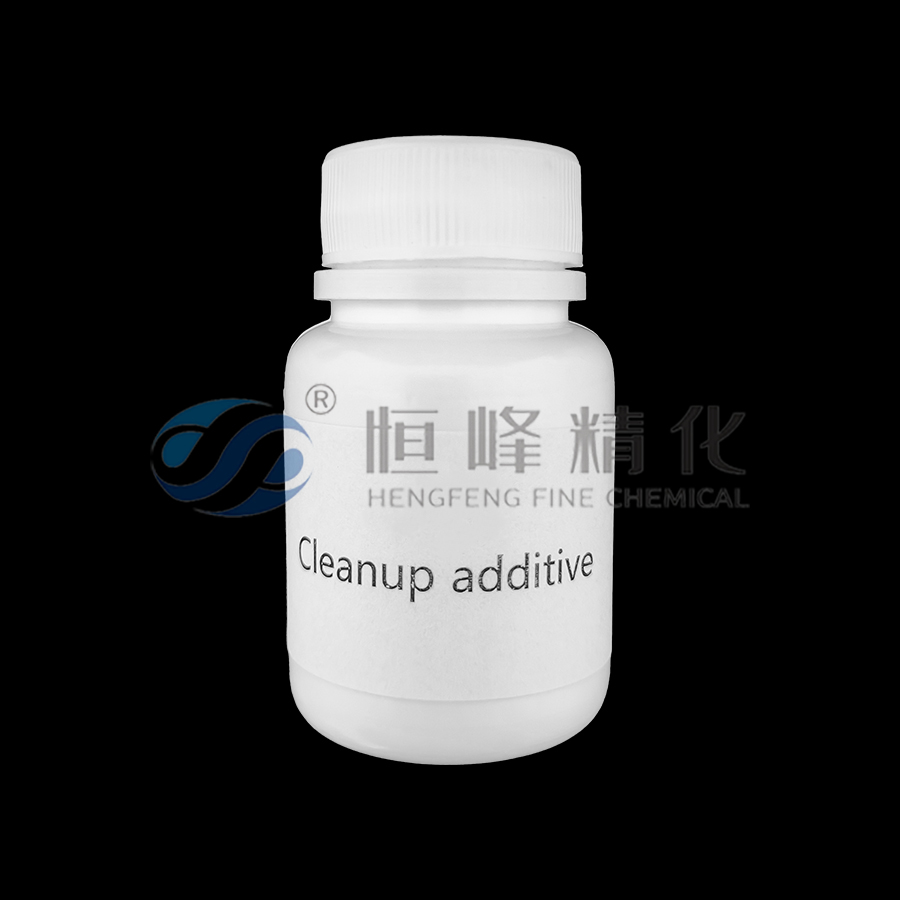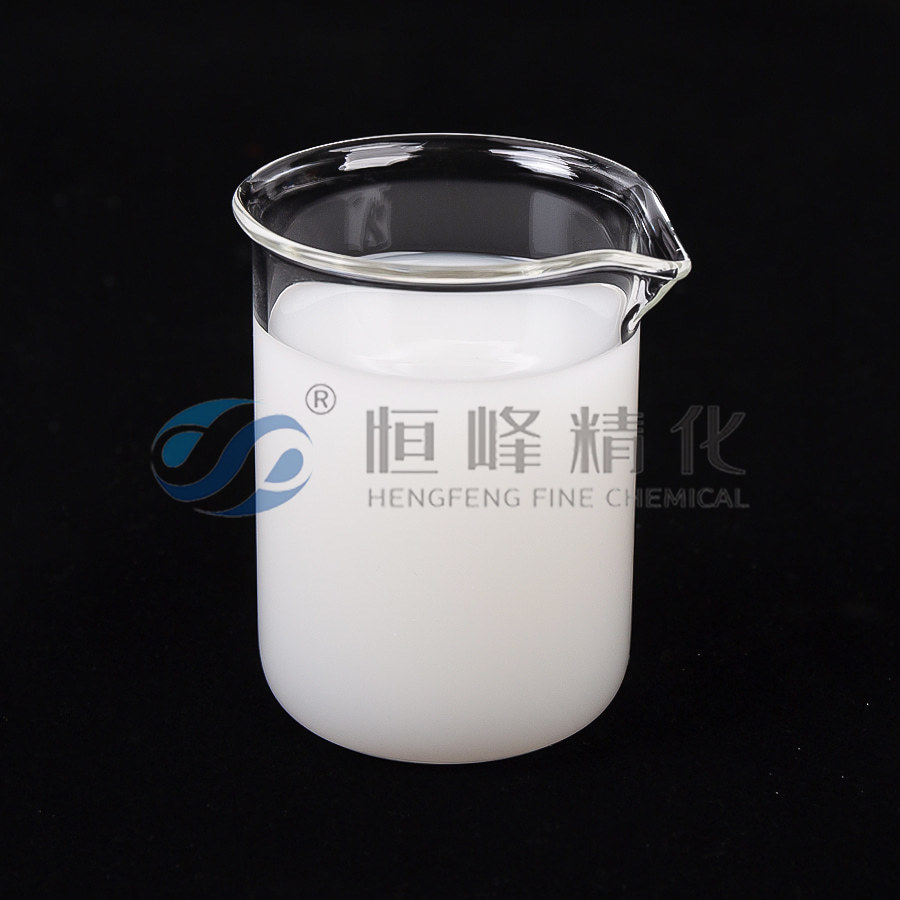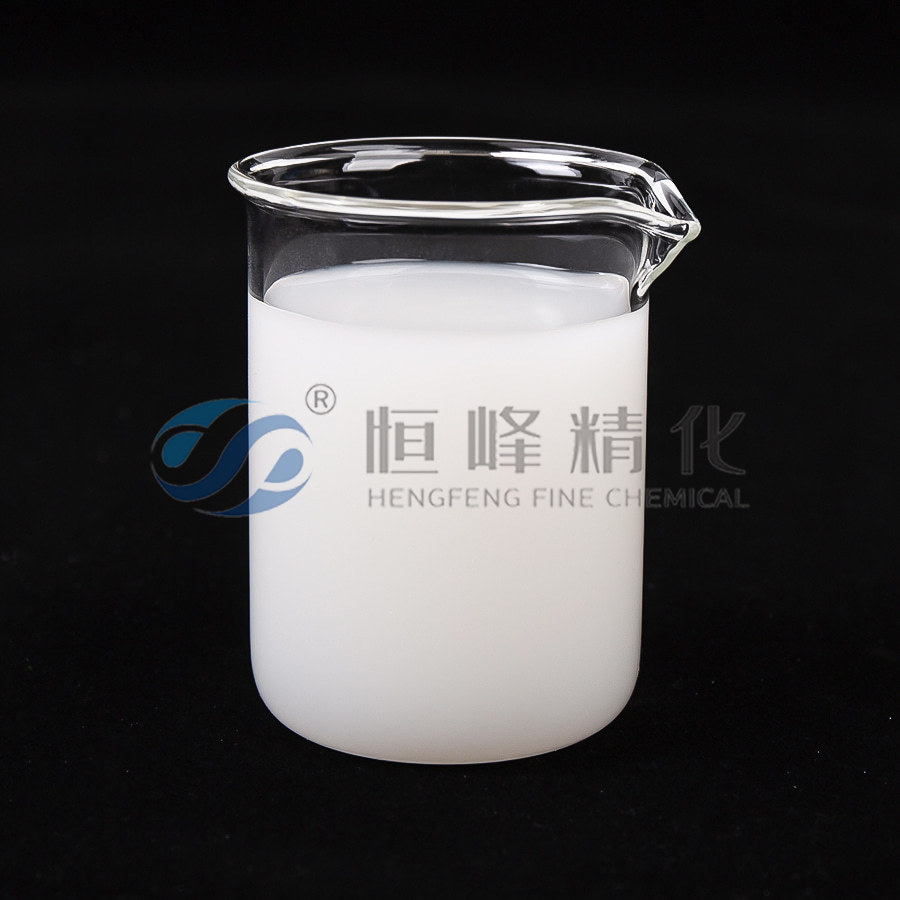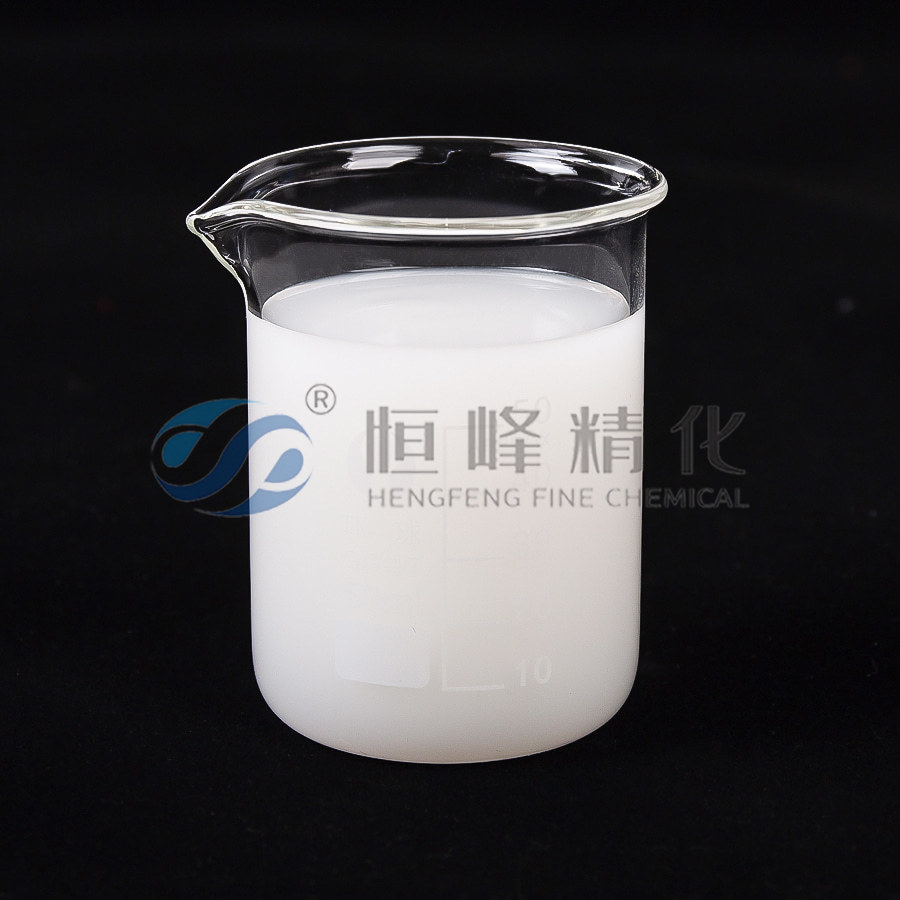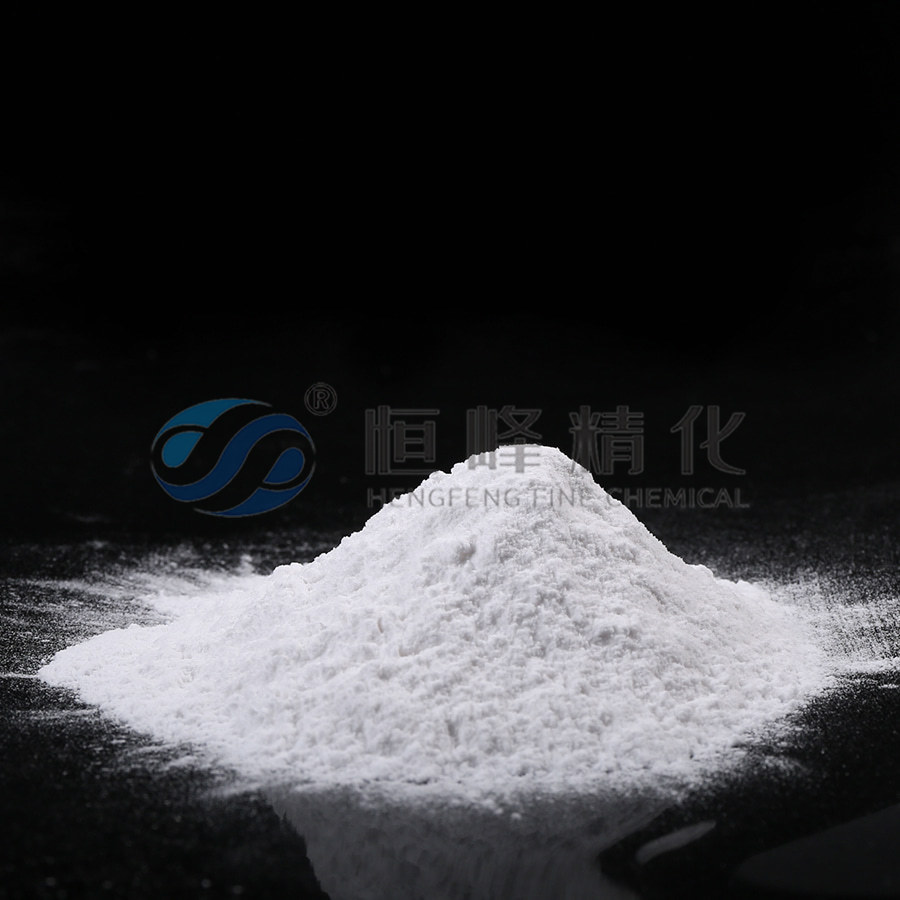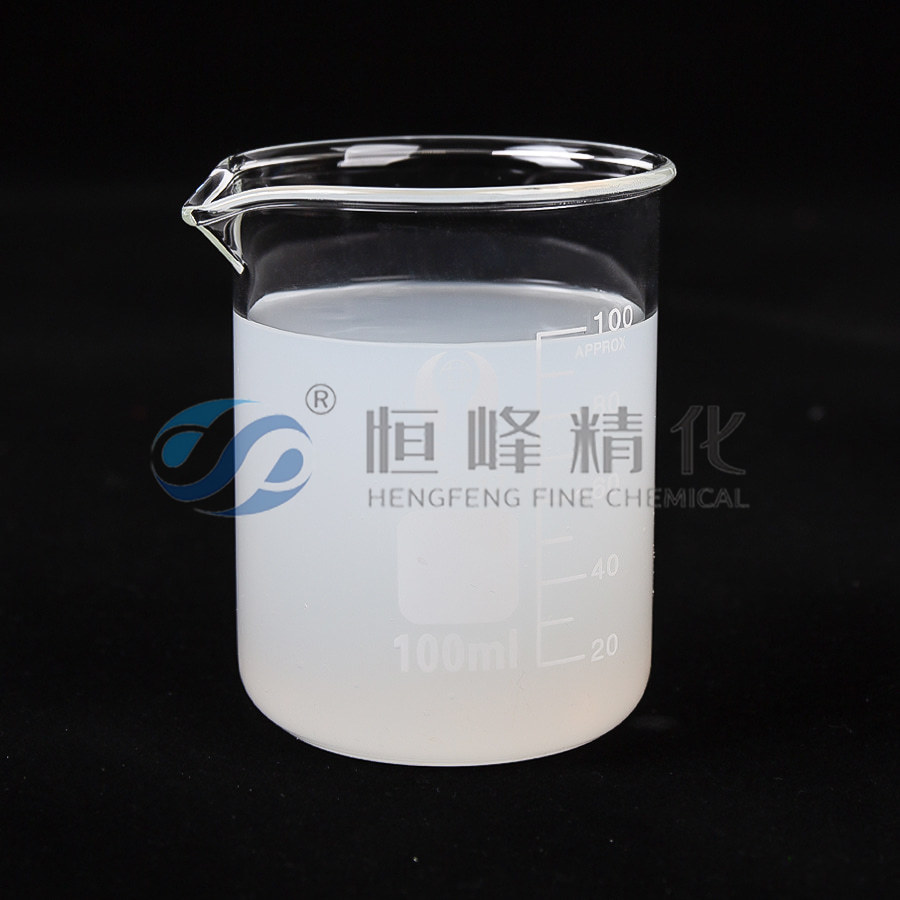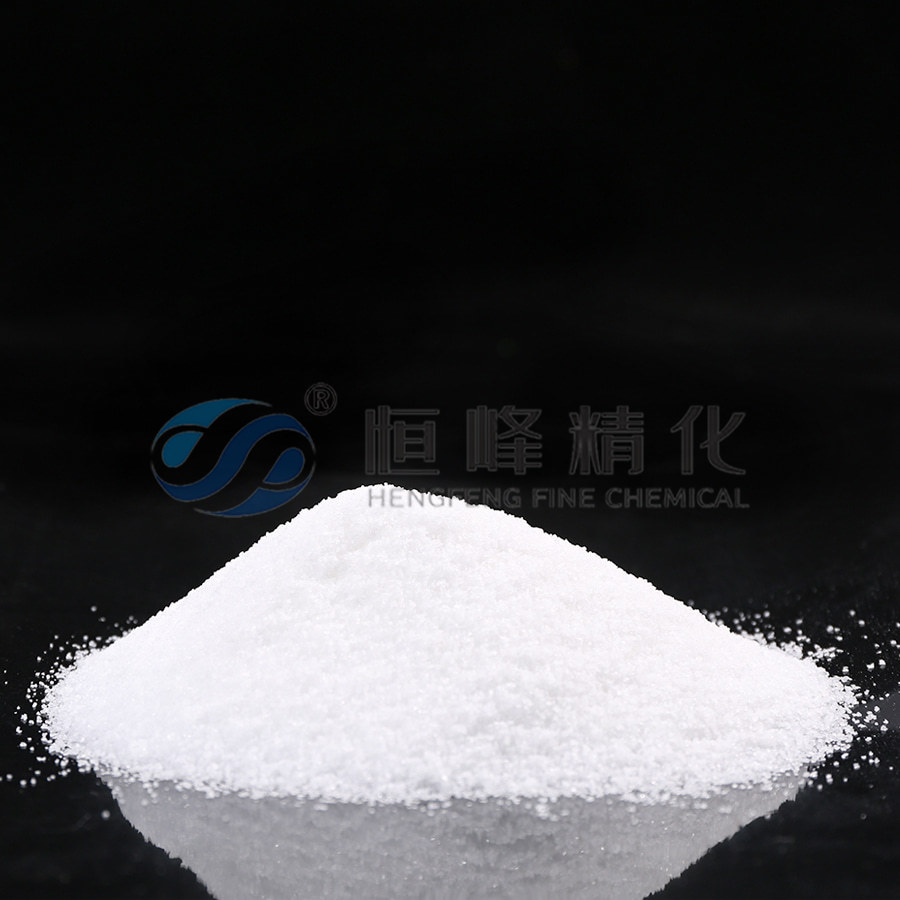Is Polyacrylamide FDA Approved?
Polyacrylamide (PAM) is a synthetic polymer widely used in various industrial and biomedical applications, including water treatment, agriculture, cosmetics, and even food processing. Given its broad range of uses, questions often arise regarding its safety and regulatory approval, particularly by the United States Food and Drug Administration (FDA).
What Is Polyacrylamide?
Polyacrylamide is made from acrylamide monomers, which are polymerized into long-chain molecules. While acrylamide itself is a known neurotoxin and potential carcinogen, polyacrylamide in its polymerized form is considered far less toxic, especially when residual monomer content is kept to a minimum.
Polyacrylamide is typically used as a flocculant in water treatment, a thickener in cosmetics, and a stabilizer in various industrial processes. Its water-soluble and gel-forming properties make it valuable in many formulations.

FDA Approval and Regulations
Polyacrylamide itself is not “FDA-approved” as a drug or food additive, but it is regulated by the FDA for certain indirect uses. Here's how:
1. Food Contact Applications
The FDA permits the use of polyacrylamide in certain food-contact applications under 21 CFR §173.5, which allows polyacrylamide as a flocculant in the processing of certain foods, such as sugar and juices. However, this use is tightly regulated, particularly regarding the residual acrylamide content, which must be below specified limits (typically 0.05% or less).
2. Cosmetics
Polyacrylamide is also used in cosmetic products, such as moisturizers, anti-aging creams, and hair products, as a thickener and binder. While the FDA does not "approve" cosmetic ingredients (except for color additives), it does regulate cosmetics under the Federal Food, Drug, and Cosmetic Act (FD&C Act). This means that polyacrylamide can be used in cosmetics as long as it is safe and properly labeled.
Importantly, the FDA and the Cosmetic Ingredient Review (CIR) Panel have stated that polyacrylamide is safe in cosmetics when formulated to limit acrylamide monomer residue to extremely low levels (typically below 0.1 ppm in Europe, similar thresholds in the U.S.).
3. Medical Devices and Pharmaceuticals
Polyacrylamide-based hydrogels and derivatives may be used in certain medical devices, such as contact lenses or drug delivery systems. In these cases, polyacrylamide may be part of a product that is reviewed or approved by the FDA, but polyacrylamide itself is not independently "approved"—the final product undergoes FDA evaluation for safety and effectiveness.
Safety Considerations
The primary concern with polyacrylamide use is the potential presence of unreacted acrylamide monomer, which can pose significant health risks. Manufacturers must ensure that residual levels are kept extremely low through purification and quality control processes. Regulatory agencies such as the FDA, European Food Safety Authority (EFSA), and others monitor and set strict limits for acrylamide content in PAM-containing products.
Summary
Polyacrylamide is not FDA-approved in a standalone sense, but its use is permitted and regulated by the FDA in specific applications, particularly:
As a processing aid in food manufacturing (with residual monomer restrictions)
In cosmetics (when formulated with minimal acrylamide residue)
As part of medical devices or drug delivery systems (when evaluated as part of a complete product)
Its use is considered safe under the conditions specified by regulatory authorities, but ongoing monitoring and compliance with acrylamide limits are essential to ensure consumer safety.


 English
English Español
Español عربى
عربى Русский
Русский Tiếng Việt
Tiếng Việt




